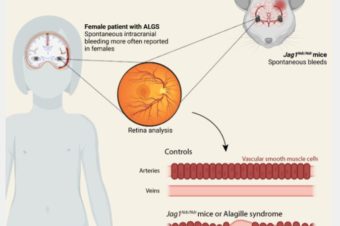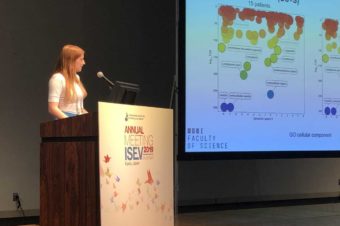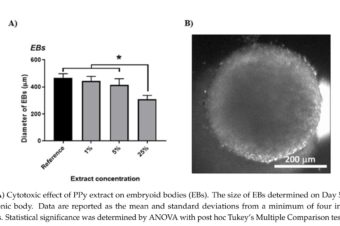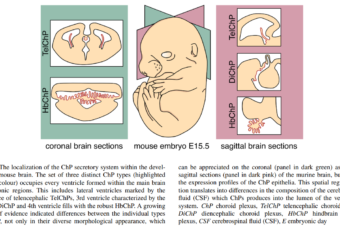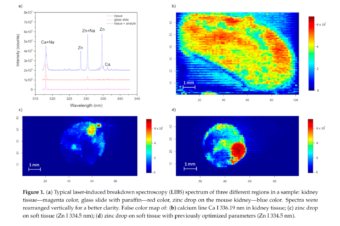Abstract:
Dishevelled (DVL) proteins are key mediators of most Wnt pathways. In all vertebrates, three DVL paralogs are present (DVL1, DVL2 and DVL3) but it is poorly defined to what extent they are functionally redundant. Here, we generated T-REx HEK 293 cells with only one DVL paralog (i.e., DVL1-only, DVL2-only, and DVL3-only) and compared their response to Wnt-3a and Wnt-5a ligands with wild type and DVL triple knockout cells. We show that DVL is essential, in addition to the previously shown Wnt-3a-induced phosphorylation of LRP6 and transcriptional activation of TCF/LEF-dependent reporter, also for Wnt-3a-induced degradation of AXIN1 and Wnt-5a-induced phosphorylation of ROR1. We have quantified the molar ratios of DVL1:DVL2:DVL3 in our model to be approximately 4:80:16. Interestingly, DVL-only cells do not compensate for the lack of other paralogs and are still fully functional in all analyzed readouts with the exception of Wnt-3a-induced transcription assessed by TopFlash assay. In this assay, the DVL1-only cell line was the most potent; on the contrary, the DVL3-only cell line exhibited only the negligible capacity to mediate Wnt signals. Using a novel model system – complementation assays in T-REx HEK 293 with amplified Wnt signal response (RNF43/ZNRF3/DVL1/DVL2/DVL3 penta KO cells) we demonstrate that it is not the total amount of DVL but ratio of individual paralogs what decides the signal strength. In sum, this study contributes to our better understanding of the role of individual human DVL paralogs in the Wnt pathway.
Cell Signal. 2021 May 31;85:110058. doi: 10.1016/j.cellsig.2021.110058.
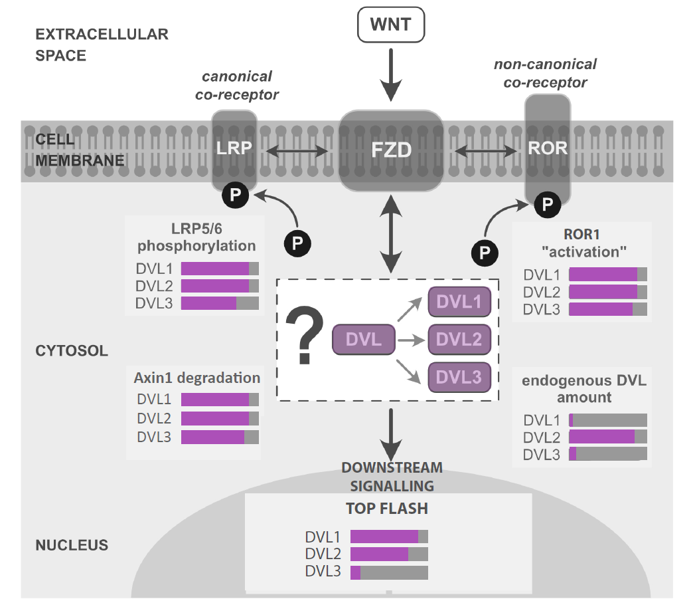
Same but different. How human Dishevelleds DVL1, DVL2 and DVL3 differ in the #Wnt signaling? Check our detailed comparison of cells carrying only DVL1, or only DVL2 or only DVL3 in @ELS_CellBiology
“Cellular Signalling”!
Authors:
Petra Paclíková 1, Tomasz Witold Radaszkiewicz 1, David Potěšil 2, Jakub Harnoš 1, Zbyněk Zdráhal 2, Vítězslav Bryja 3
1 Department of Experimental Biology, Faculty of Science, Masaryk University, Brno, Czech Republic.
2 Central European Institute of Technology, Masaryk University, Brno, Czech Republic.
3 Department of Experimental Biology, Faculty of Science, Masaryk University, Brno, Czech Republic; Institute of Biophysics, Academy of Sciences of Czech Republic, Brno, Czech Republic. Electronic address: bryja@sci.muni.cz.
Petra Paclíková 1, Tomasz Witold Radaszkiewicz 1, David Potěšil 2, Jakub Harnoš 1, Zbyněk Zdráhal 2, Vítězslav Bryja 3
1 Department of Experimental Biology, Faculty of Science, Masaryk University, Brno, Czech Republic.
2 Central European Institute of Technology, Masaryk University, Brno, Czech Republic.
3 Department of Experimental Biology, Faculty of Science, Masaryk University, Brno, Czech Republic; Institute of Biophysics, Academy of Sciences of Czech Republic, Brno, Czech Republic. Electronic address: bryja@sci.muni.cz.
